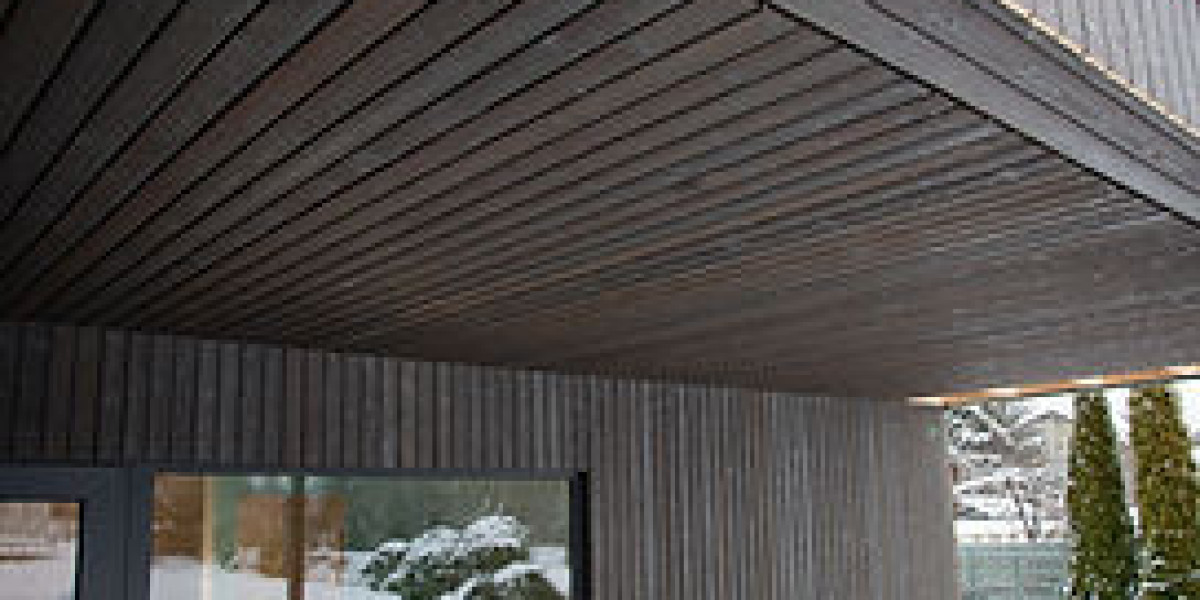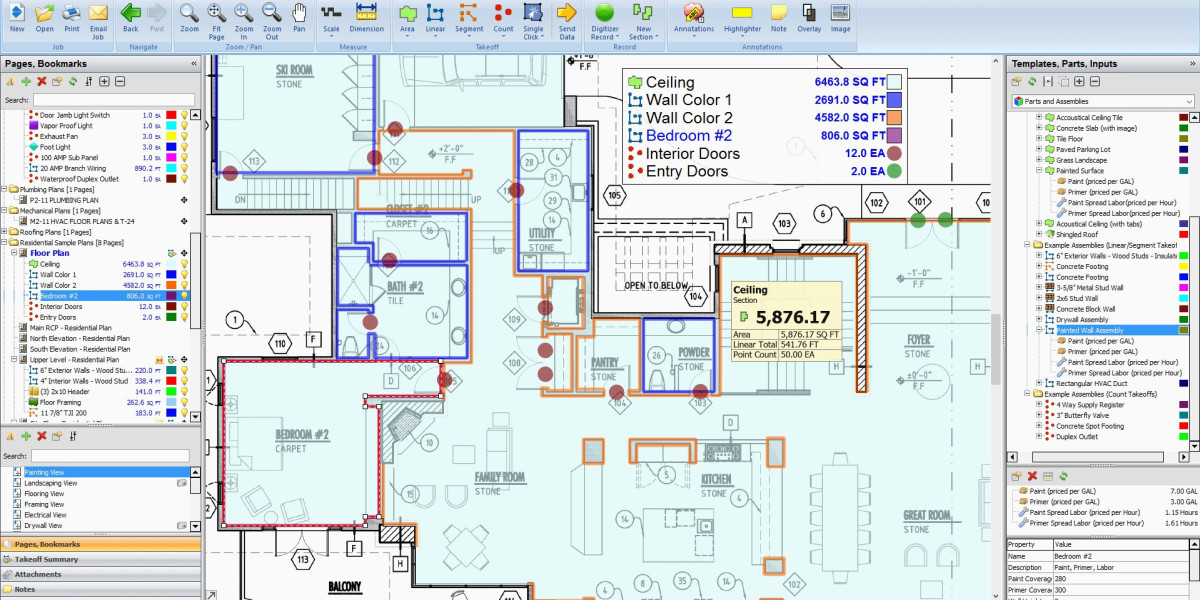Modern home design excels at bringing together the aesthetics and durability alongside the sustainability of materials. Among these is the introduction of Japanese burnt wood cladding, also known as Shou Sugi Ban, which reflects the changing trend in using charred wood from conventional homes to modern-homes.
The Aesthetic: The Unique Charred Wood Appearance
Japanese burnt wood cladding stands apart owing to its unique, striking appearance. This charring process deepens the wood's colors, resulting to the creation of a rich, dark glossy color and highly individualized textures and patterns. It is a superb finish for modern architectural style; be it minimalist, industrial, or Scandinavian-inspired. The wood's original grain still remains visible and has rustic yet modern elegance. Plus, the beauty of the finishes is that they can achieve various shades and textures.
Exceptional Durability and Weather Resistance
There is one reason that Japanese burnt wood cladding is the ultimate choice for modern homes; durability. Charring processes cause the carbons to form on the surface of wood so that it becomes resistant to moisture, insects, and other pests, including rot. Careless timber will break down over time and be subjected to weather elements. Compared to untreated timber, Shou Sugi Ban-treated wood lasts longer, which speaks well for using it as exterior cladding. It can also be justified by the need for resistance against weather exposure. The carbon layer functions naturally by shielding the wood from heavy rain, humidity, and even extreme temperatures.
Very Little Maintenance Required
Japanese burnt wood cladding has become the solution for homeowners who want an elegant but less-maintenance exterior. Traditional wood siding would either need constant staining or sealing to remain effective. However, Shou Sugi Ban-treated wood gives you much less fuss. The properties of the charred surface prevent decay and insect infestation, thus reducing chemical treatments. Over time, just like aging fine wines, it wears into a degree of silver-like beauty, bringing the natural maintenance-free treatment into it.
Sustainability and Eco-Friendliness
Japanese burnt wood cladding is clearly the eco-friendly building choice in today's rapidly propagating practices of sustainable building. Charring wood creates an entirely different approach toward chemicals, using preservatives or paints or stains that might introduce toxic substances to the wood's substratum in the built environment. As well-known manufacturers are using sustainably sourced timber, they are adding more to degrading this material's environmental footprint. The great thing about the material is that it usually lasts a decade or more, thus resulting in low waste and frequent replacement needs.


